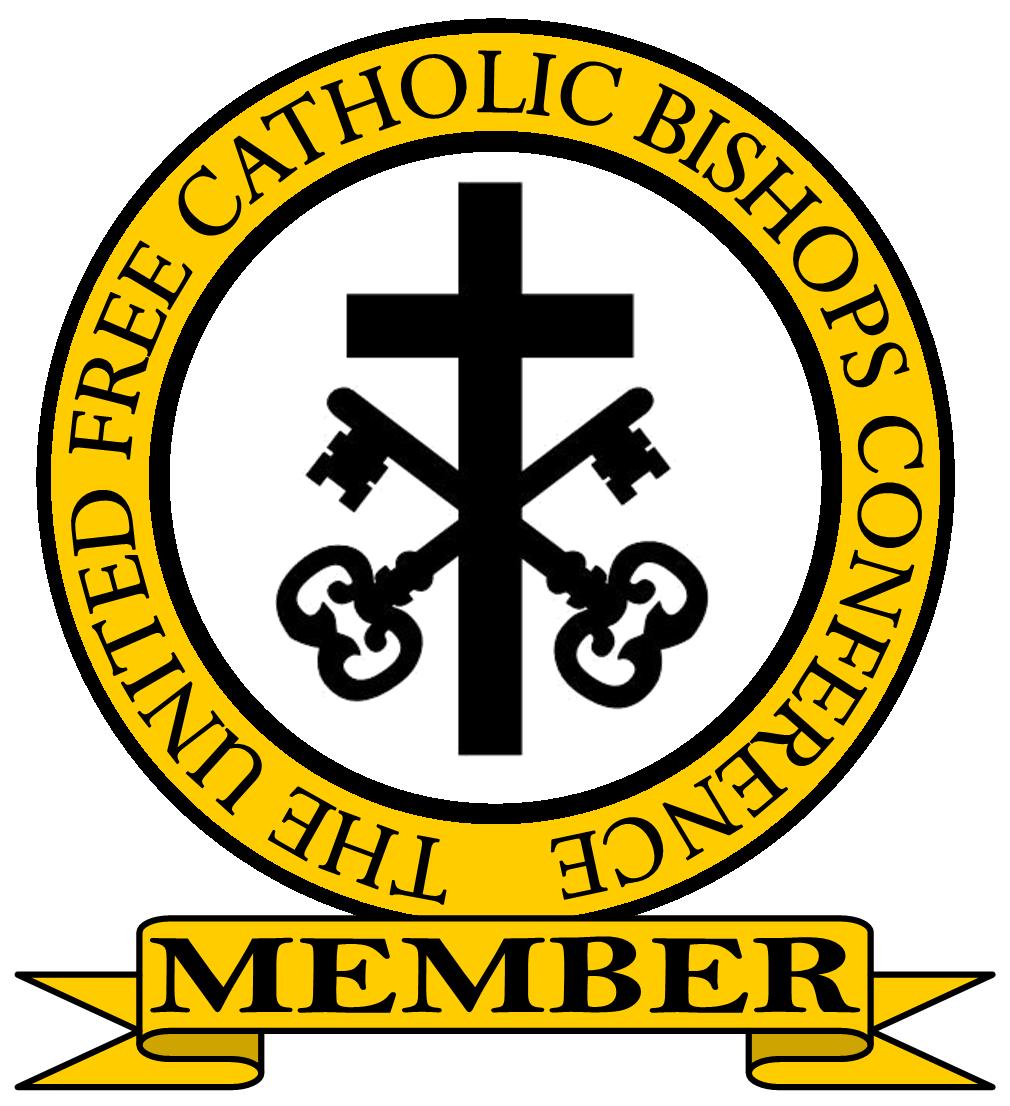History of the Old Catholic Apostolic Church
Ancient in Faith, Modern in VisionThe history of the Old Catholic Apostolic Church and the Liberal Catholic Apostolic Church before it is in one sense the history of Christian liberalism throughout the ages, from the earliest pre-Constantinian times, through to the major liberal resurgence in nineteenth-century and the twentieth-century independent liberal churches. It embraces men and women who have not been able to express a part-time non-stipendary (unpaid) ministry in other denominations for whatever reason and have sought a deeper expression of their relationship with God through the establishment of 'liberal' churches and a free Christianity. Often marginalised and misunderstood, Christian liberals stand for the unity of the church not through the restricting influence of dogma but through the embracing and reconcilation of diverse approaches to faith. These qualities were present in the earliest church; yet somehow were lost with the spread of the church in the west.
The Old Catholics in Utrecht divided from Rome but retained the correct successions. They in turn embraced the unfolding 'liberality' and freedoms of expression of the time to be 'liberal catholics'. The Liberal Catholic Movement came into being. The present-day Old Catholic Apostolic Church stems from the Liberal Catholic Apostolic Church which came into being through the union of the Ancient Catholic Church and The Liberal Rite in March 2008. That same year, the then Metropolitan of the LCAC was enthroned, and its bishops consecrated, by the Emeritus Primate of the Apostolic Episcopal Church, the same church whose 1943 mandate had provided the impetus for the establishment of the Catholic Apostolic Church (Catholicate of the West) and thus in turn for the Ancient Catholic Church. Our heritage includes great Liberal Catholics like James Ingall Wedgwood and Charles W Leadbeater, Johannes van Alphen, Eric Sollick Taylor, and Harold Percival Nicholson. We also have direct influences from Apostolic Evangelists like William Oliver Hutchison and Anglicans and Methodists. These strands were joined by God to form the Liberal Catholic Apostolic Church, and, as the 'Old Catholics' outnumbered the 'Liberal Catholics' the church's name changed to reflect this.
In the modern era, there are numerous historical strands that exert a direct influence on the OCAC today and each of these strands are closely interrelated:
* The Apostolic Episcopal Church
* The Old Catholics
* The Catholicate of the West
* The Ancient Catholic Church
* The Liberal Catholic movement
* The Order of Corporate Reunion
* The Liberal Rite
* The Liberal Catholic Apostolic Church
* The Apostolic Faith Church
Post LCAC, the OCAC has developed into a universal, free, ecumenically oriented church seeking outward ministry expression for its clergy and members. By being open, tolerant, caring, compassionate and effective, OCAC is becoming central in the spectrum of Christendom - and growing. With a small but worldwide presence in Africa, North America, South America, Asia and India as well as Europe and our 'home' ground in Great Britain, OCAC is Christ inspired and Spirit led. We are liberal...and old.


